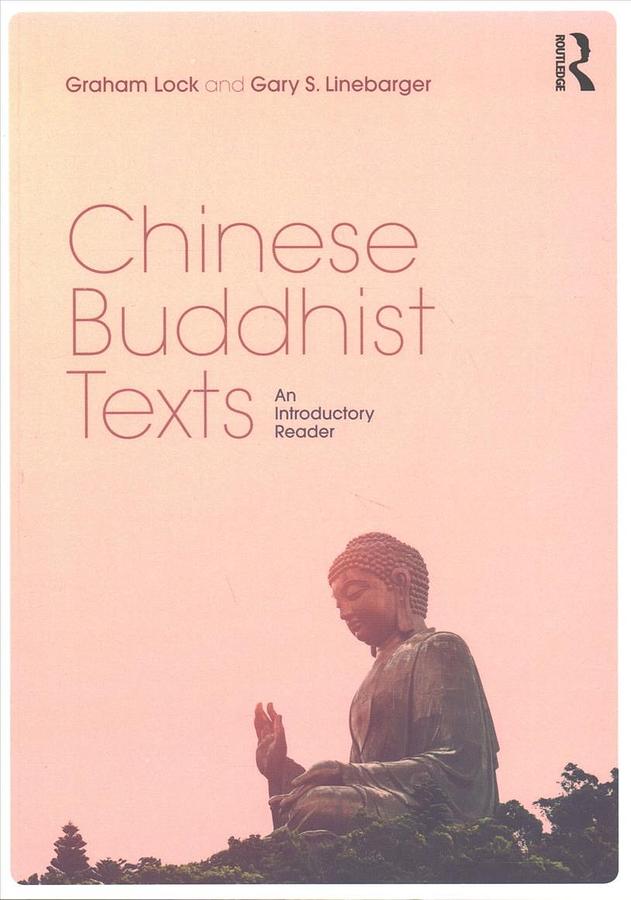內容簡介
內容簡介 The influence of Buddhism on the Chinese language, on Chinese literature and on Chinese culture in general cannot be overstated, and the language of most Chinese Buddhist texts differs considerably from both Classical and Modern Chinese.This reader aims to help students develop familiarity with features of Buddhist texts in Chinese, including patterns of organization, grammatical features and specialized vocabulary. It also aims to familiarize students with the use of a range of resources necessary for becoming independent readers of such texts.Chinese Buddhist Texts is suitable for students who have completed the equivalent of at least one year�s college level study of Modern Chinese and are familiar with roughly one thousand of the commonest Chinese characters. Previous study of Classical Chinese would be an advantage, but is not assumed. It is an ideal textbook for students taking relevant courses in Chinese studies programs and in Buddhist studies programs. However, it is also possible for a student to work through the reader on his or her own.Further online resources are available at: lockgraham.com
作者介紹
作者介紹 Graham Lock has a BA in Chinese from the School of Oriental and African Studies, London University, and a PhD in Linguistics from the University of Sydney. He taught for many years at the City University of Hong Kong and is currently retired.Gary S. Linebarger has a BA and MA in Chinese language and literature from San Francisco State University, a MA in translation from the University of Birmingham, UK, and a PhD in Buddhist Studies and Practices from Dharma Realm Buddhist University. He is a founding member of the Buddhist Text Translation Society and currently is the assistant chair of the School of English Studies at Wenzhou-Kean University in Wenzhou, China.
